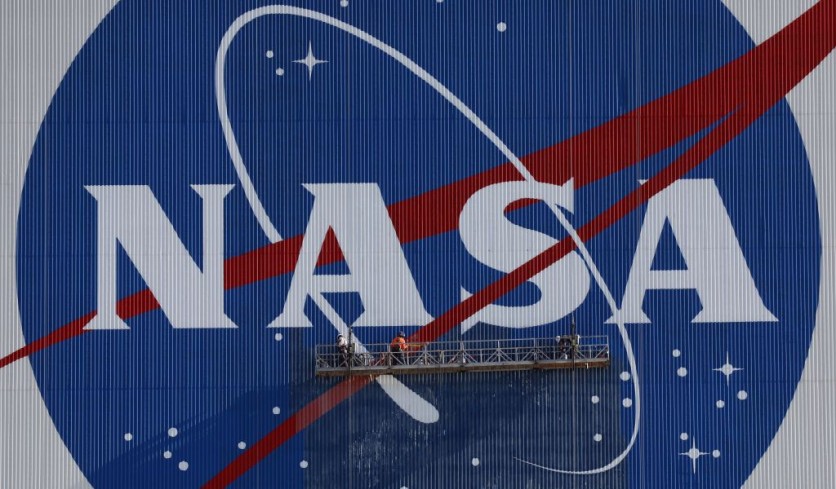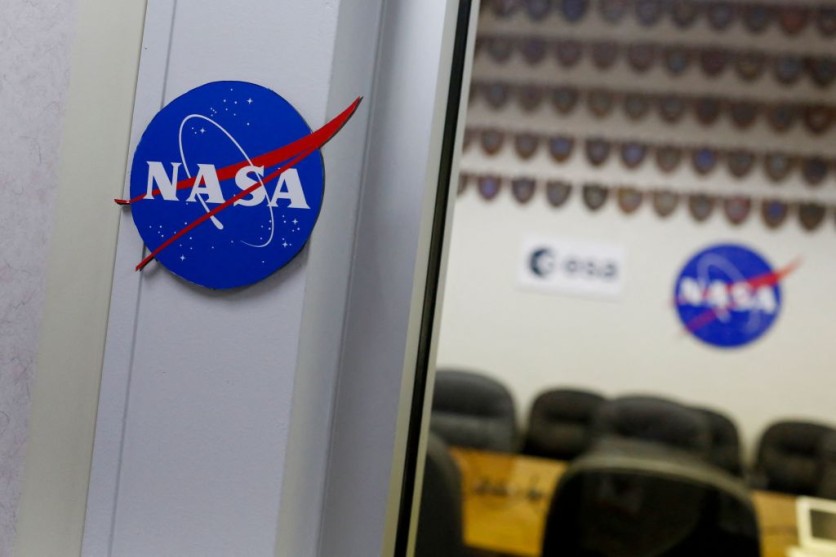NASA officially conducted the first-ever discussion on UAPs (unidentified aerial phenomena).

The international space organization launched a study specifically for unexplained aerial sightings. A year after this research began, NASA finally held the first public meeting on UAPs.
The space union's hearing lasted for four hours and was televised on Wednesday, May 31. Now, here's what NASA officials discussed during its public UAP meeting.
NASA Holds First-Ever Open Discussion on UAPs!
According to BBC News, there are around 50 to 100 new UAP reports every month. This was shared by AARO (All-domain Anomaly Resolution Office) Director Sean Kirkpatrick.

Also Read : NASA's Webb Spots Massive Plume from Saturn Moon Spanning Nearly the Distance from LA to Buenos Aires
However, Sean said that only 2% or 5% of these UAP sightings are really anomalous. One of these sightings was spotted by a naval aircraft.
The series of dots moving across the night sky of the western United States was even captured in a video.
Kirkpatrick said that NASA couldn't investigate these UAP sightings because the space agency is being limited by privacy concerns.
"We can point the largest collection apparatus in the entire globe at any point we want," explained the AARO director.
But, he said that people don't like it when NASA point its entire collection apparatus at their backyards.
Other Things About UAP Discussed
Aside from the average UAP sightings per month and privacy concerns, NASA also discussed how difficult it is to interpret UAP-related data.
NASA UAP Team Chair David Spergel said that radio waves linked to UAPs have a really strange structure.
As of writing, NASA's team is still having a hard time understanding these UAP reports. Spergel said that what they learned is that they still need high-quality data to further understand these UAP sightings.
"The current existing data and eyewitness reports alone are insufficient to provide conclusive evidence about the nature and origin of every UAP event," he explained via Reuters.
In other news, the NASA super pressure balloon imaging telescope finally completed its globetrotting journey.
We also reported on how the delays and other issues of NASA's SLS rocket could jeopardize the entire Artemis mission.
For more news updates about NASA and its upcoming activities, always keep your tabs open here at TechTimes.

ⓒ 2025 TECHTIMES.com All rights reserved. Do not reproduce without permission.

![Best Gaming Mouse For Gamers With Smaller Hands [2025]](https://d.techtimes.com/en/full/461466/best-gaming-mouse-gamers-smaller-hands-2025.png?w=184&h=103&f=6fd057ef777bd39251d4e7e82e9b23f1)


